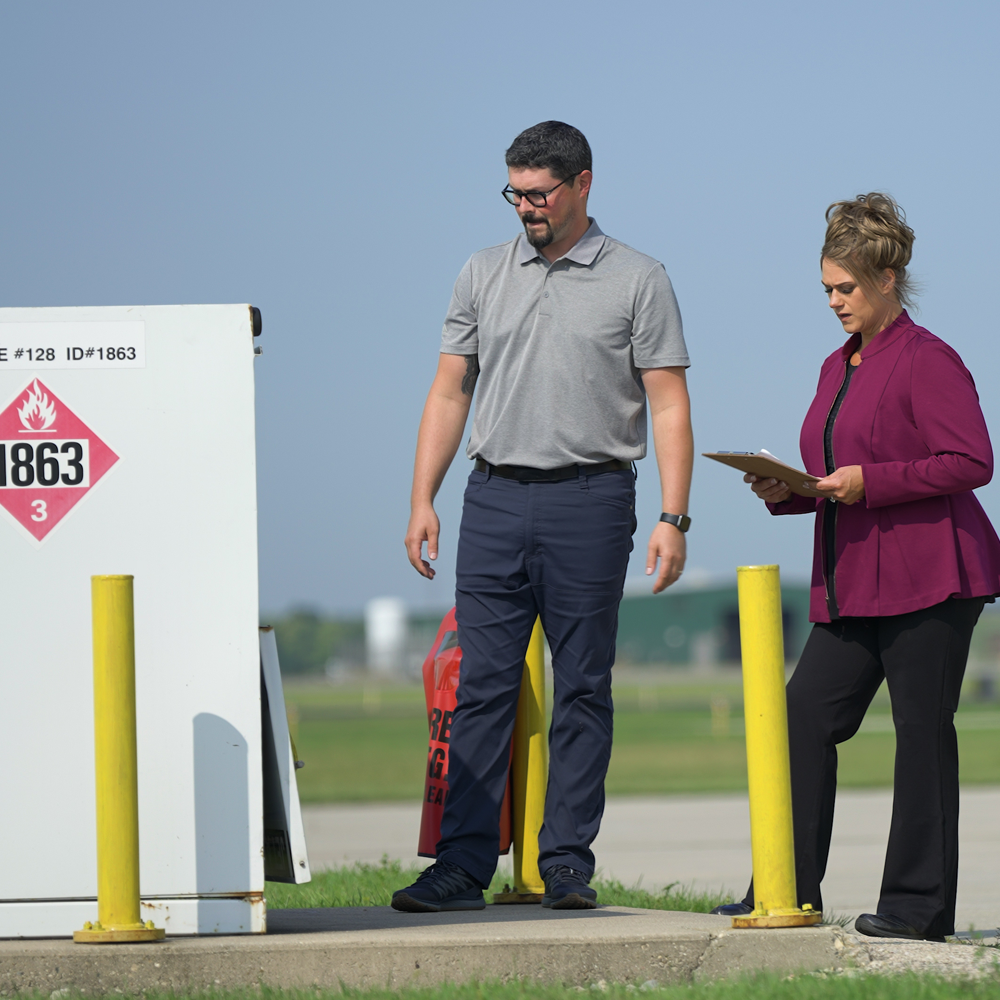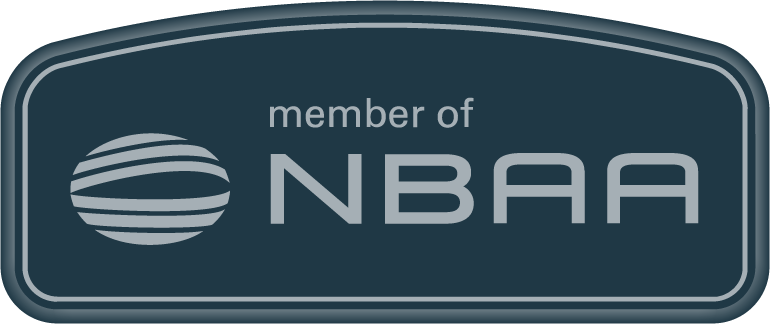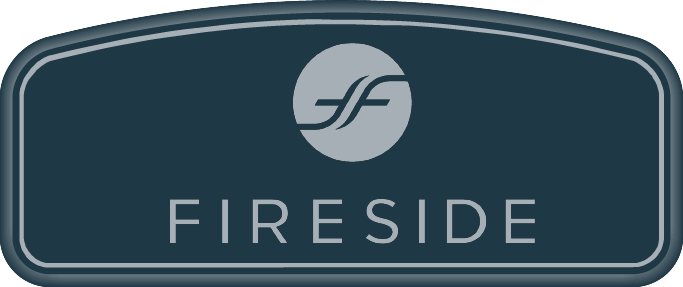Info
&
Insights
Best Questions for Conducting an Internal Audit of a Safety Management System
April 15, 2024

Internal audits play a crucial role in evaluating the effectiveness of a Safety Management System (SMS) within an organization. They help identify areas of non-compliance, potential risks, and opportunities for improvement. Conducting a well-designed internal audit requires asking the right questions to gain valuable insights. In this article, we will explore some of the best questions to include in an internal audit of a safety management system, facilitating a thorough evaluation and enhancement of safety practices.
Compliance with Regulatory Requirements
- Are the organization's safety practices aligned with applicable regulatory requirements and industry standards?
- How does the organization ensure timely updates and compliance with changing regulations?
- Are the necessary permits, licenses, and certifications obtained and maintained as required by regulatory bodies?
Policy and Objectives
- Is the safety policy clearly defined, communicated, and understood by all employees?
- Do the organization's safety objectives align with its overall mission and strategic goals?
- How does the organization ensure that the safety policy and objectives are effectively implemented throughout the organization?
Roles and Responsibilities
- Are the roles and responsibilities related to safety clearly defined at all levels of the organization?
- How are employees held accountable for fulfilling their safety responsibilities?
- Is there a process in place to ensure that employees have the necessary knowledge, skills, and resources to carry out their safety-related tasks?
Hazard Identification and Risk Management
- How does the organization identify and assess hazards specific to its operations?
- Are risk assessments regularly conducted to identify and prioritize potential safety risks?
- How does the organization implement effective controls and mitigation measures to reduce identified risks to an acceptable level?
Reporting and Investigation
- Are there mechanisms in place to encourage employees to report safety concerns, incidents, near misses, and hazards?
- How are safety reports documented, analyzed, and addressed?
- Is there a process for conducting thorough investigations into safety incidents to identify root causes and implement corrective actions?
Safety Communication and Training
- How does the organization ensure effective communication of safety-related information to all employees?
- Are safety briefings, toolbox talks, and safety meetings conducted regularly?
- How does the organization assess training needs and provide necessary safety training to employees?
Safety Performance Monitoring and Measurement
- Are key safety performance indicators (KPIs) established and monitored?
- How does the organization track and report on safety performance trends?
- Are there mechanisms in place to identify areas for improvement and implement corrective actions based on safety performance data?
Continuous Improvement and Lessons Learned
- How does the organization promote a culture of continuous improvement in safety practices?
- Are there processes in place to capture and share lessons learned from safety incidents or near misses?
- How does the organization ensure that corrective actions are effectively implemented and monitored for effectiveness?
Conducting an internal audit of a Safety Management System is crucial for evaluating the effectiveness of safety practices within an organization. By including the right questions, organizations can gain valuable insights into compliance with regulatory requirements, policy and objective alignment, roles and responsibilities, hazard identification, risk management, reporting and investigation, safety communication and training, safety performance monitoring, and continuous improvement. These questions serve as a guide to assess the organization's safety practices, identify areas for improvement, and enhance the overall effectiveness of the Safety Management System. Conducting regular internal audits and addressing the findings contribute to a proactive safety culture and ensure a safe and compliant aviation operation.
###





